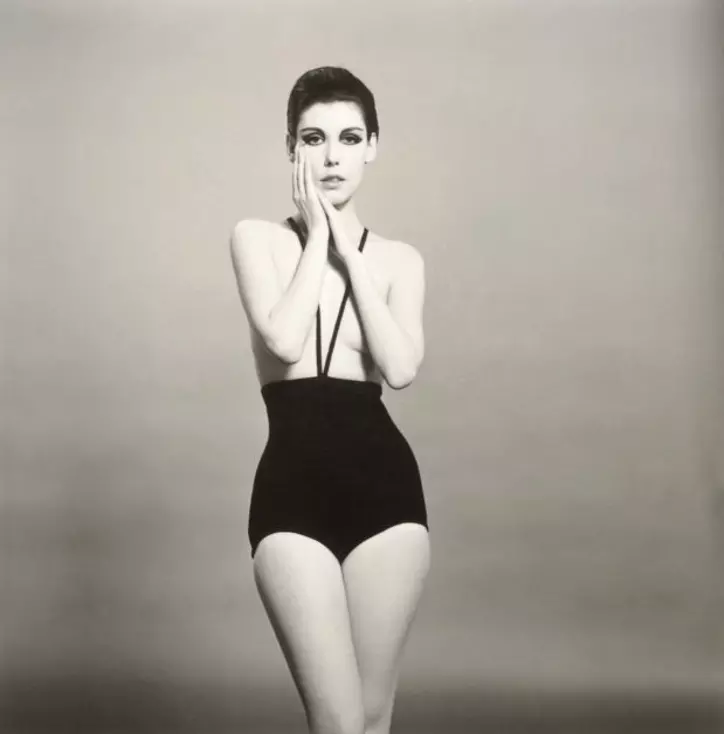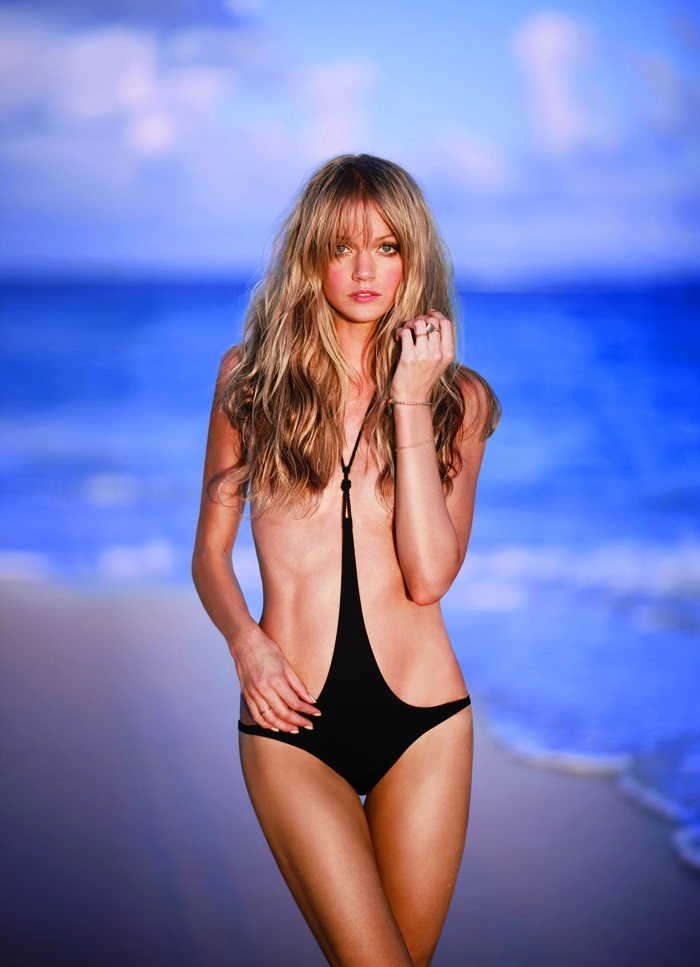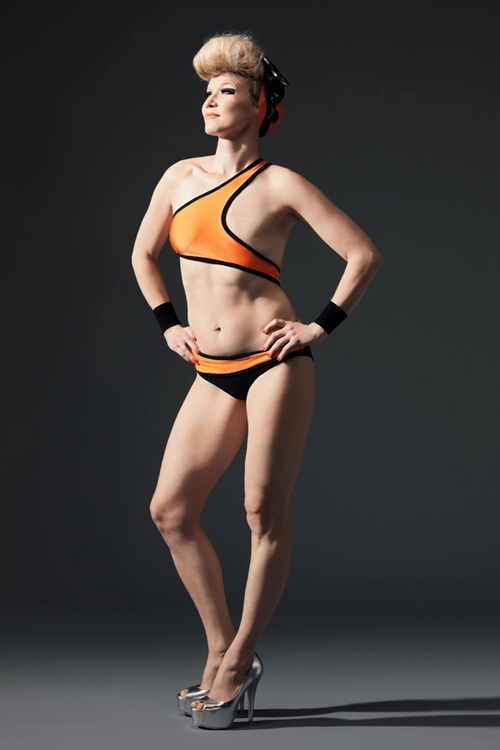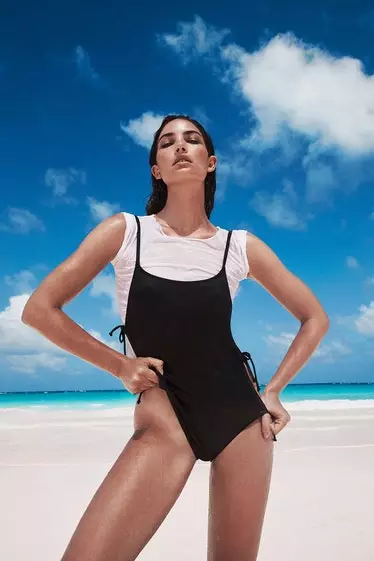When it comes to women's swimwear for leisure and vocation, many people will mention
bikinis. Indeed, the bikini has been regarded as "the atomic bomb in fashion" since its birth ("Bikini" is actually the name of an atoll in the Pacific Ocean.). Although encountering resistance from the start, it quickly entered the mainstream culture under the promotion of art circles in the 1950s and 1960s. And by the end of the 20th century, the bikini had become the most popular swimsuit in the world, which also gained the support of the campaign for gender equality. However, featuring sexy and stylish types and small resistance of motion, the bikini has shortcomings, either. For example, its design space is limited, and it might cause embarrassment like accidental exposure underwater. Perhaps, these partly contributed to the popularity of the
monokini.
Monokini is a kind of topless swimwear. It's also a well-tailored one-piece swimsuit that exposes a larger area of skin and is as sexy as the bikini, catering to the requirement of diversified styles and the sense of safety in wearing. The word "monokini" originated in the 1960s. From the perspective of modern people, the social atmosphere in the 1960s was rather conservative, and the dressing of women was limited. However, the civil rights movement, the feminist movement and the anti-war movement also happened in this period. To fight against the conservative environment, in 1964, Rudi Gernreich, a pioneer designer, designed the monokini which consisted of a close-fitting bottom and two thin straps and implied the meaning of "liberating women's bodies".
The implication of monokini has been extended and sublimated as time goes by. In 2010, Victoria's Secret Angel Lindsay Ellingson wore a lower part of a detachable swimsuit in the blockbuster to pay tribute to the classic monokini.
And in 2013, two Finnish designers Katriina Haikala and Vilma Metteri initiated an art project called "Monokini 2.0". Their swimwear was tailored for people who had suffered breast cancer and had not experienced breast reconstruction surgery, helping them be more confident in their life.
Today's monokini has many different styles. It is common to make a hollow-cut design on both sides of the waist, modifying the body shape and defining the curves better. Monokini with cut-out detailing on the stomach is also popular. Because of the relatively high hollowed-out position, it looks similar to high waist pants with the function of raising the waistline and legs. And the front space left for designers to play will be greater. Another type of monokini with special back designs is in good demand, either. The simple U-halter-style swimwear has a retro feel, and different lace-up ways are capable of transferring the visual center to the back.
Except for those diverse styles, the monokini is no longer confined to the functional label "swimsuit". It has become a trendy item due to its soft and close-fitting characteristics. In addition to great space for designing in color, monokini can be matched with white T-shirts, wide-legged trousers or other clothing, creating a strong visual sense and casual atmosphere.





